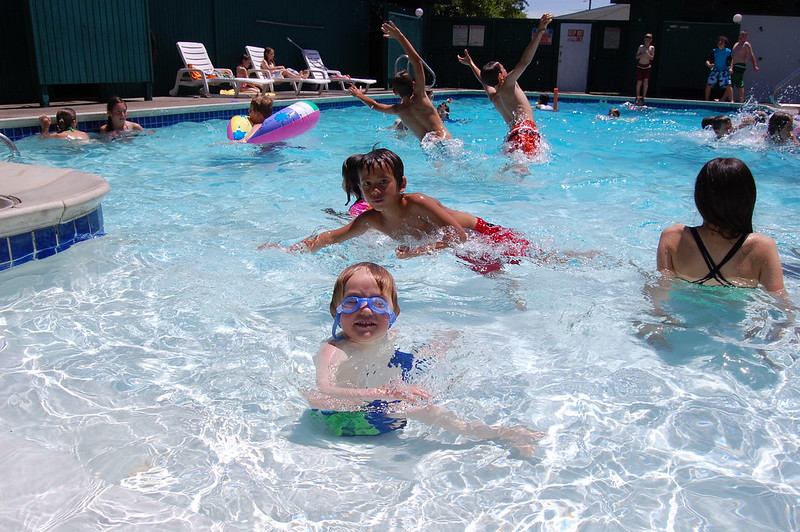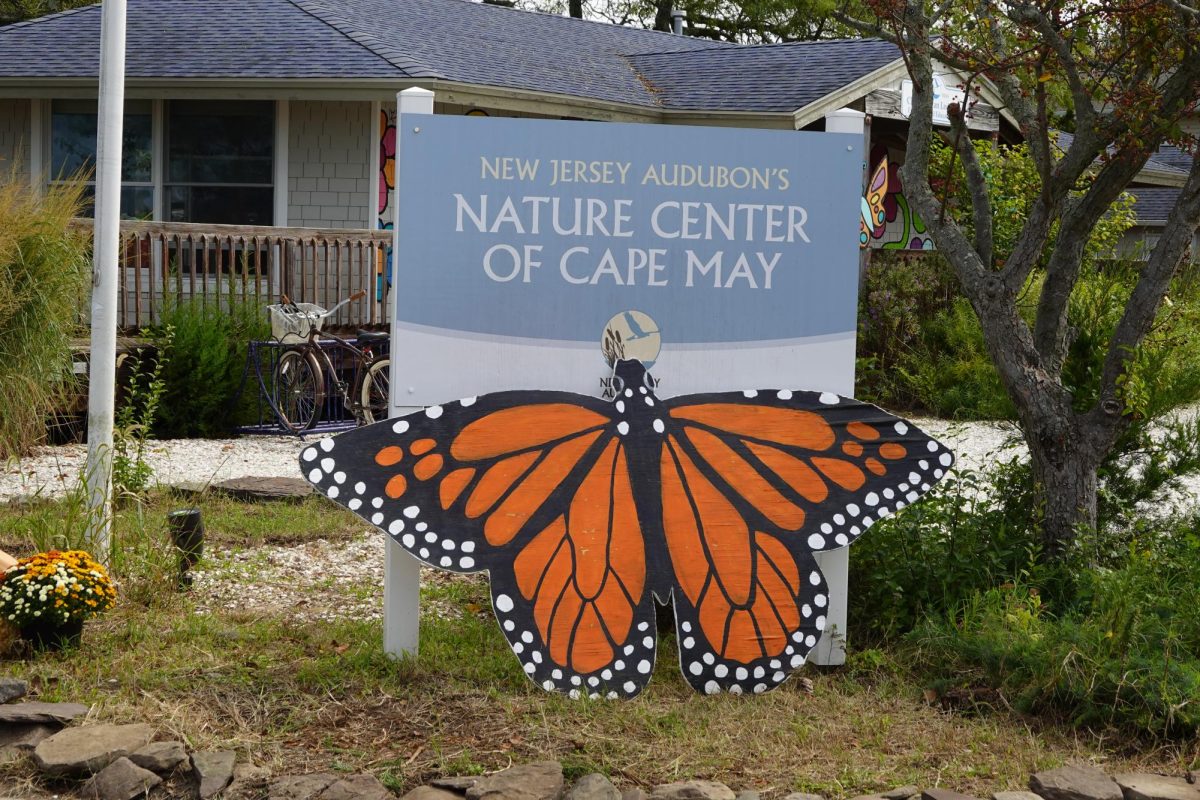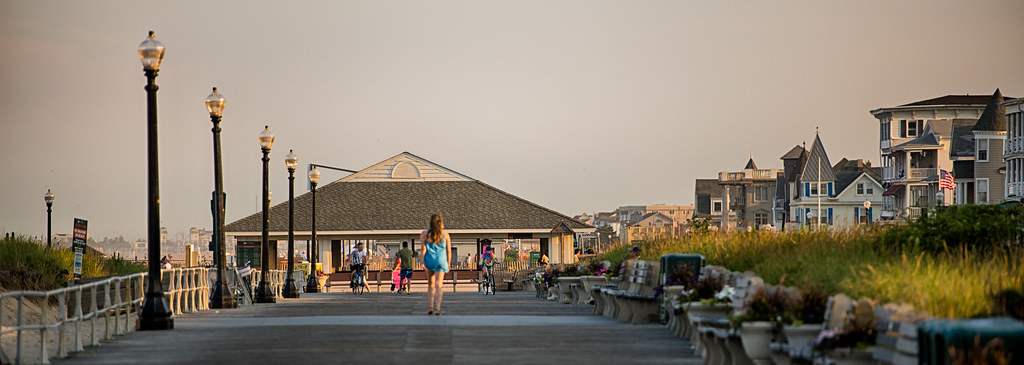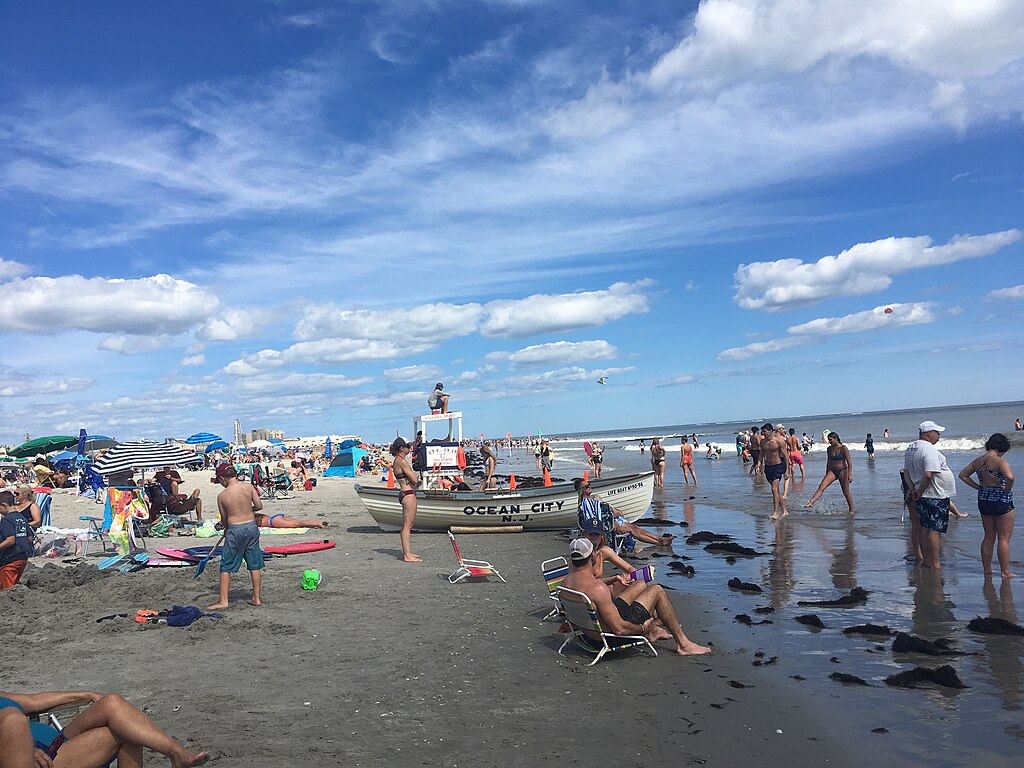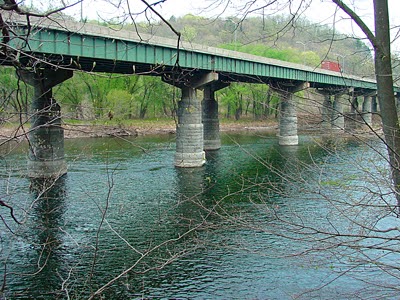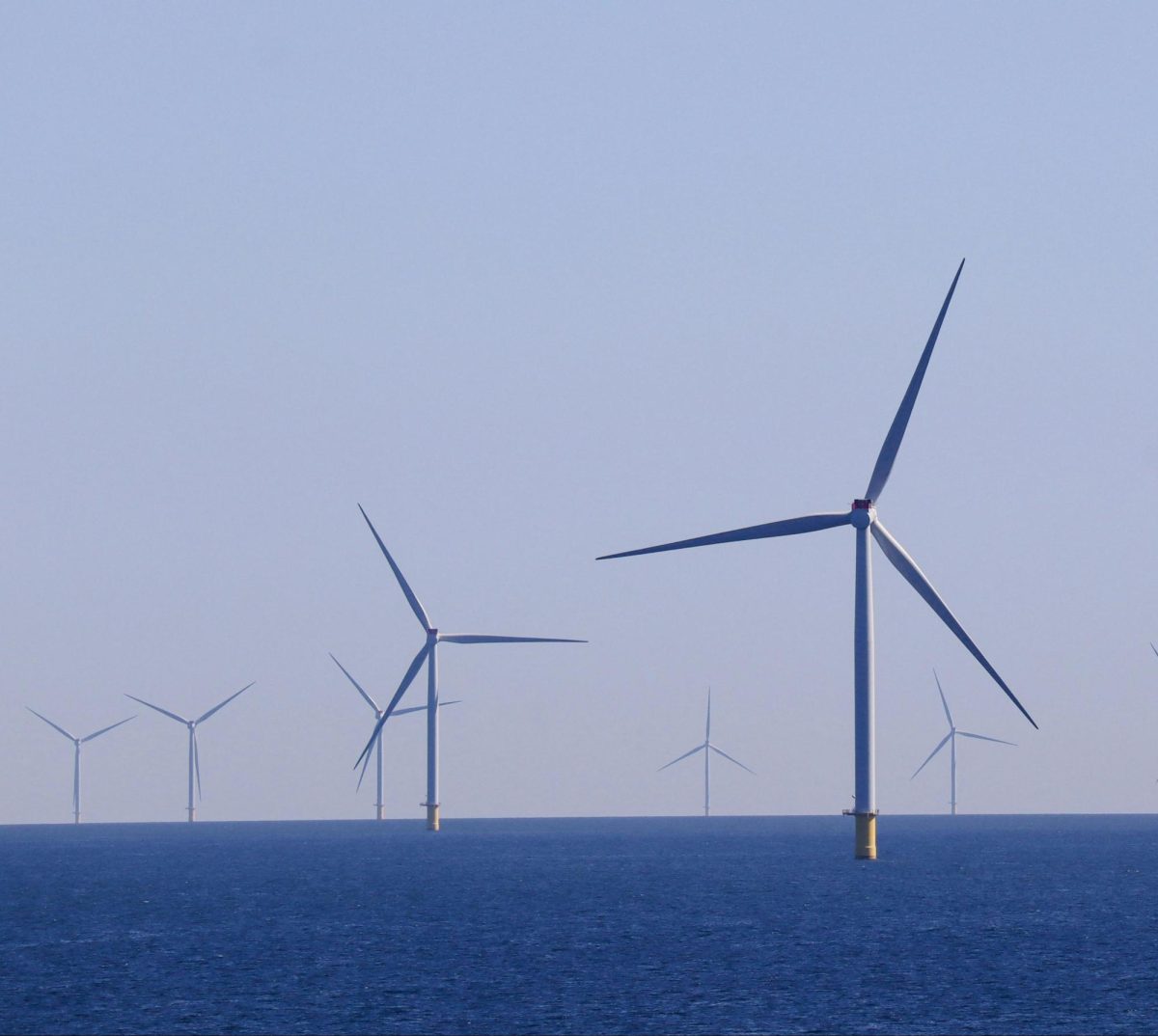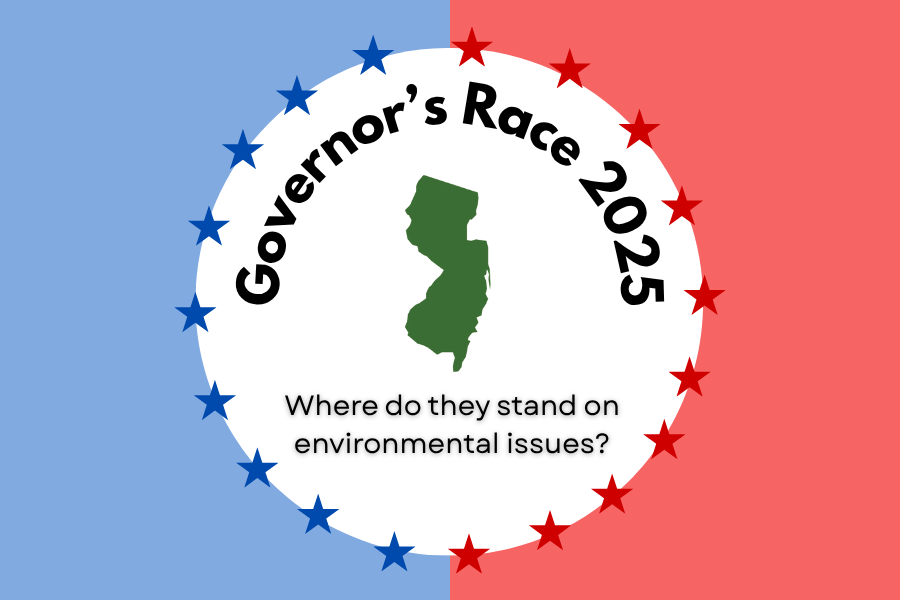Summer is just around the corner and with the warmer temperatures come homeowners and towns opening up their swimming pools. New Jersey alone has 374,000 pools according to RubyHome, a California-based real estate firm.
With the fun to be had splashing around, however, comes sustainability issues that can severely impact the environment.
Pools represent what is considered to be the “Big 3” of environmental issues, according to Sierra Club. They use thousands of gallons of water, toxic chemicals like chlorine that can affect not only the physical health of swimmers but can have a negative impact on the environment, and large amounts of electricity for heating and filtration systems.
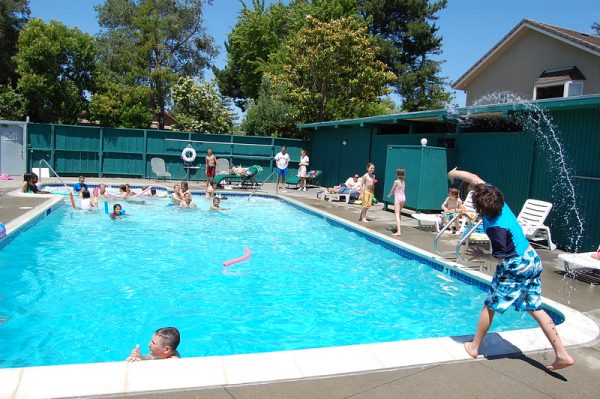
“My first recommendation would be to convert [your pool] into a rainwater storage tank or a hothouse for growing tomatoes,” joked Dr. Nigel Forrest, coauthor of a 2010 study on the environmental impact of pools, in an interview with the Sierra Club magazine.
All kidding aside, while there may always be environmental drawbacks to swimming pools, there are a plethora of ways to minimize the impact and make your pool more sustainable.
For example, the amount of water that is used in each pool varies on a number of factors. There are a number of pool layouts, sizes, and types. Above ground pools tend to be smaller and as such require less water to fill up. In-ground pools are larger and tend to require more.
According to RubyHome, 59% of residential pools, or around 6.1 million, are in-ground, while 41%, or 4.3 million, are above ground. The average swimming pool can hold up to 18,000 to 20,000 gallons of water, with water sometimes needing to be added due to splashing or evaporation in the hot weather.
One way to effectively avoid water evaporating is by installing a pool cover and covering up the pool when it is not in use. This strategy helps to ensure that less water evaporates and protects the pool from debris such as leaves or pine needles, leading to less energy usage for the filtration system.
“Pool covers won’t necessarily reduce the amount of water needed to fill your pool, but will instead reduce the amount of water loss up to 95%,” according to the Walking Mountains Science Center.
According to Green City Times, a magazine dedicated to sustainability, “Installing a solar cover is a good option, or using a liquid pool cover to keep the pool’s water level steady, reducing the need for extra water to top it up.” Solar covers are large sheets of plastic, used to maintain water temperature by reducing heat evaporation. Covered in air-filled bubbles, solar covers sit on the surface of your pool creating a barrier and reducing water evaporation.
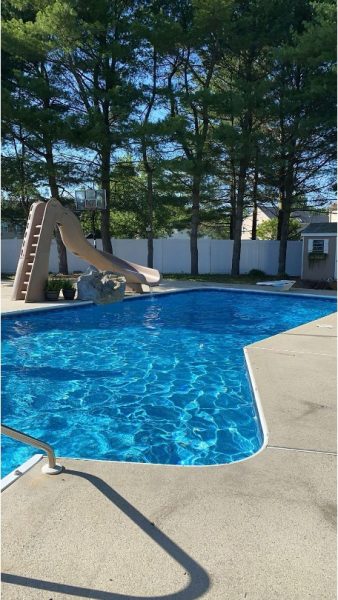
Collecting rain water has also been pointed out as a possible solution to minimize the harmful impact of water consumption. Instead of tapping into the municipal water supply, collecting barrels of rainwater and feeding it into a pool can prove a more effective method of filling it. Greywater recycling, which is reusing water from sinks, dishwashers, laundry washers, can also be a possible solution. While dirty to begin with, this water can be cleaned and filtered by installing a filtration system into the house, which can then run into a storage tank connected to pools, allowing it to be used for splashing fun.
Chlorine is used in pools to kill bacteria and clean the water in the pool. However, it can be dangerous for the environment. Producing chlorine leads to mercury emissions, and once dumped in the pool it can evaporate into the air, creating greenhouse gasses and hurting the ozone layer. There are also issues with chlorine that affect physical health as well.
“Chlorine can also contribute to biomagnification, a biological process that results in the accumulation of a chemical in an organism at higher levels than is found in its food,” according to Walking Mountains Science Center. This phenomenon occurs due to chlorinated water splashing onto plants and wildlife, exposure of chlorine on swimmers’ bodies, and ingestion when swallowing pool water.
Saltwater pools have become a favored alternative to chlorine pools, but even this option can have a negative impact. These pools use a generator to convert salt into chlorine, which uses large amounts of energy. This process, called saline chlorination, involves a chlorination generator separating the salt into sodium and chlorine. This chlorine that disinfects the pool forms other chemicals and is then converted back into salt, completing the cycle.
Natural pools are another alternative. They rely on natural biological processes, using, for example, local aquatic plants native to purify the water.
“It’s the same process that Mother Nature uses to clarify and purify water,” said James Robyn, president of BioNova Natural Pools, a Hackettstown, N.J., company that constructs natural swimming pools. In an interview with the Sierra Club magazine, Robyn added: “What we do with a natural swimming pool is we use that same process that Mother Nature uses, and we do it in an optimal fashion, so we do it very efficiently.”
The amount of energy a pool uses is dependent on the type of pump used and how long it is in use, as well as if there is a pool heater in use. The standard pool pump can use between 1,500 to 2,500 watts of energy and normally runs a minimum of eight hours a day. This means the pool can use up to 16 kilowatts a day, or 480 kilowatts a month. According to Neolith, sustainable energy sources such as solar panels can help offset the negative impact on the electrical grid.
Some pools have installed power systems intended to combat energy usage, such as employing solar thermal power or installing electric solar (PV) systems, which convert light directly into electricity, according to the BBC. These tools could vastly cut energy costs and usage going forward.

“Solar pool heating and geothermal energy are replacing traditional gas heaters, significantly cutting down on fossil fuel consumption,” Austin Gardiner, co-founder of GL Pools, San Diego, Calif., wrote in an article for Hospitality Tech.
Community pools are a great way to cut down on energy and water consumption. Of the 10.7 million swimming pools in the United States reported by real estate firm RubyHome in 2024, 309,000 are community pools. These pools take away the need for privately owned pools so those in the area do not need to use energy and water to maintain their pool. While community pools are larger than household pools and as such require more energy and water, household pools added together pose a much larger threat.
Pool sharing has also become a solution. This system allows private pools to become “community” pools and cuts down on the number of house-owned pools in neighborhoods.
“I love my pool, but I’m also aware that water is a precious resource,” Jessie Hayes, a pool owner from Queensland, said in an interview with The Guardian. “My husband and I decided to offer swims in our pool to our neighbours through Streetbank. So far we’ve had four families take us up on the offer – in the main, we just leave them to it.”
Using the methods above can help cut down the sustainability issues associated with pools while still allowing everyone to have a fun time.

